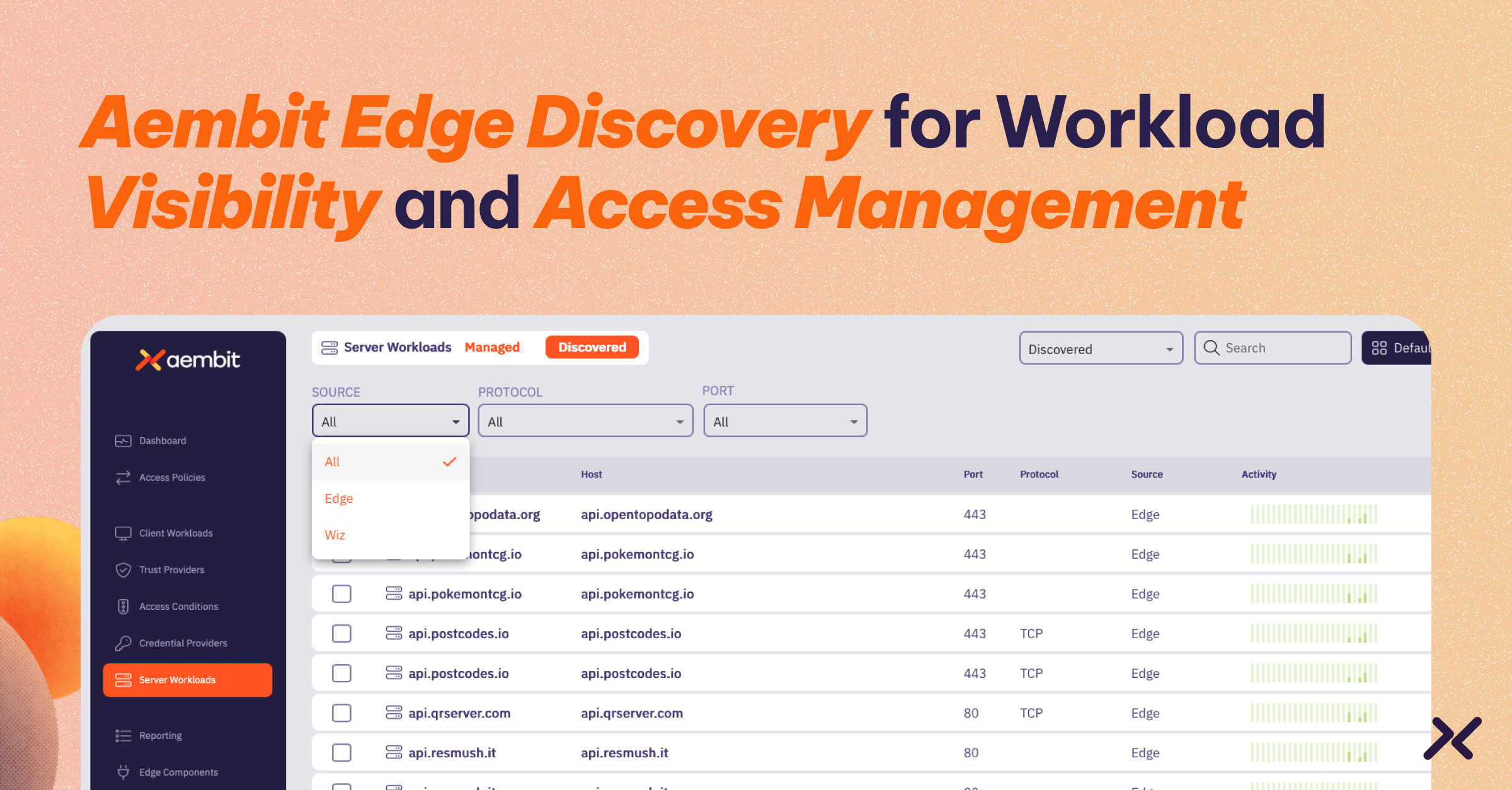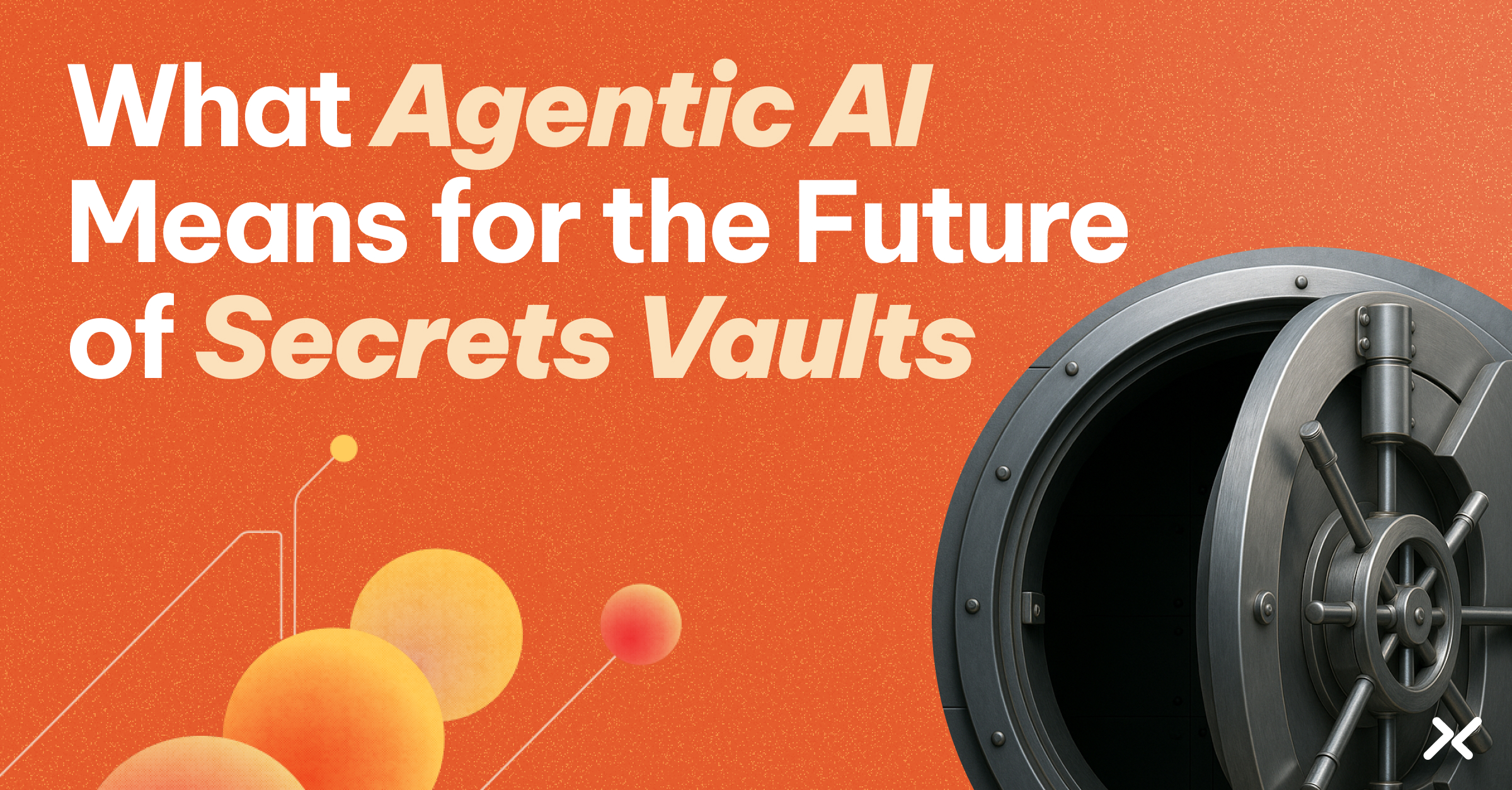Imagine you’re the custodian of a master key to a sprawling skyscraper.
This key doesn’t directly unlock every door, every safe, or every confidential detail within the building, mind you. Rather, it unlatches only the main entrance. But every time you enter the lobby, you’re handed a sealed envelope containing an assortment of other, secondary keys – the ones that guard the true value of the building.
Now picture the high-wire act of protecting and securely transferring this first key to authorized personnel who require it, without it ever falling into the wrong hands or being accidentally lost. All this, while simultaneously implementing and integrating new locks and keys into the building as it continues to expand.
This scenario effectively illustrates the “secret zero” problem, a central challenge faced in our modern, cloud-dense digital landscape by DevOps and security teams needing to secure workload-to-workload connections and avoid exposure of their sensitive machine credentials.
With every new workload that emerges, an initial secret – the secret zero – is required to unlock other essential secrets. The challenge lies in transferring this secret zero without compromising security, a task that amplifies as you scale workloads.
The secret zero problem – sometimes analogized, via the philosophical concept of “infinite regress,” as “solving for the bottom turtle” – often flies under the radar because of its seemingly straightforward nature at the onset. But as your workloads increase in volume – and by all accounts, this is happening at a frenetic pace across organizations and industries – the problem’s scale becomes more evident.
Typically organizations operate a central vault that stores all their workload secrets, and each workload requires a key to access the vault. On one hand, if it’s done right, each workload will get a unique key to access the vault (with proper permissions and tracking). However, oftentimes one master key is created and used by all workloads. If it is compromised, malicious actors can gain unfettered access, resulting in a full-scale breach.
Traditional secrets management tools like a vault, while robust in managing and securing secrets, such as passwords, tokens, or certificates, struggle with the secret zero problem, especially at scale. These tools were primarily designed to secure existing secrets, but they often stumble when tasked with creating and securely delivering the first secret to applications or other resources. This poses a significant challenge when it comes to managing large numbers of unique identities.
Embracing Workload Identity and Access Management (IAM) Solutions
What sets modern workload IAM platforms apart is their ability to automate the access lifecycle of a secret completely and securely. Regardless of scale, every new workload automatically receives a unique identity, with access managed according to predefined policies. The entire lifecycle – enrollment, provisioning, credential rotation, and even logging and auditing – is automated, relieving your teams from these routine tasks and letting them focus more on innovation and less on the intricacies of secrets management.
Consider this scenario of managing the workloads that sit on countless edge devices. Manual secret zero management for each is unrealistic and prone to error. But by leveraging workload IAM, the process becomes fully streamlined, assigning a unique identity for authentication and authorization to each device, effectively removing the need for a secret zero.
Going back to our earlier analogy, this is the equivalent of front-desk security checking each person’s driver’s license as they enter the building and handing them over a temporary key which will work for only a short period of time and permit them to enter only specific places, thus removing the need to share between everybody one master key giving access to everything.
Access rights can even run more granular than that. While more basic workload IAM policies can map out the roles that each client workload assumes based on their identity, “conditional access” policies can act as rules that apply in specific conditions like location, time of day, health of client workload, or source IP address. These policies add an extra layer of control, as they consider the context of access, not just the client’s identity.
For more information about how workload IAM can help you alleviate the secret zero problem, visit aembit.io.



